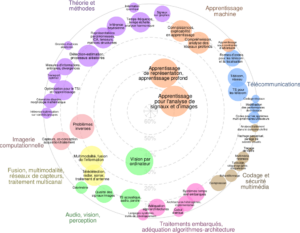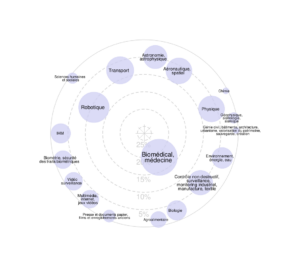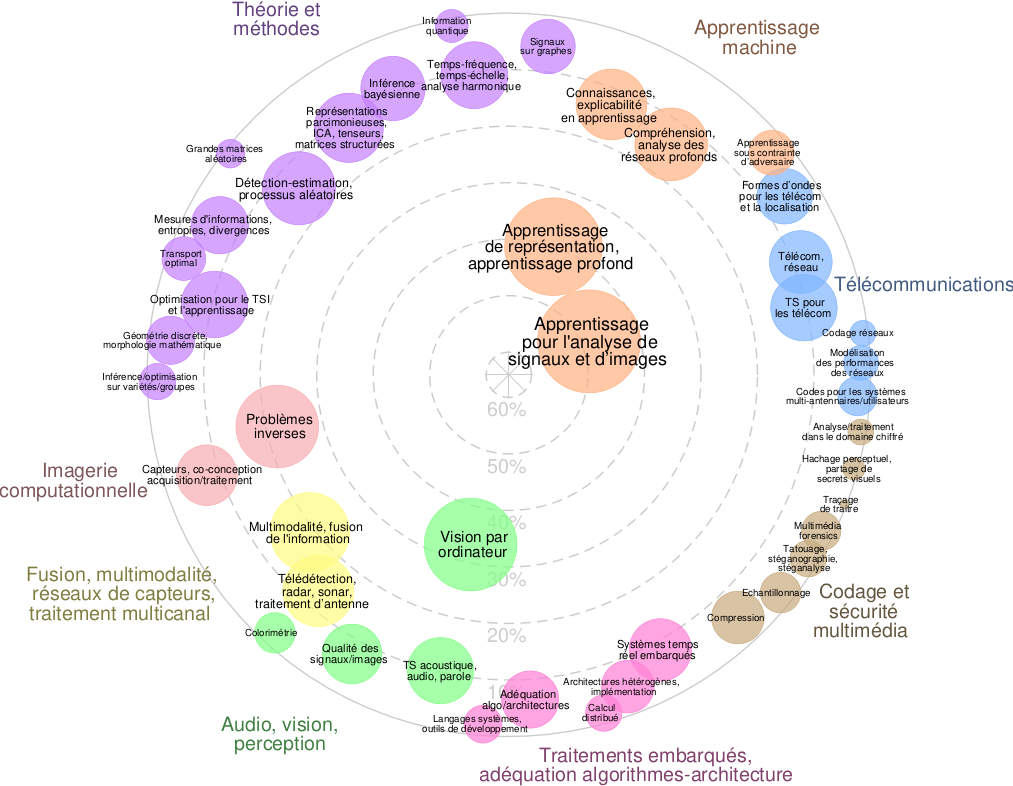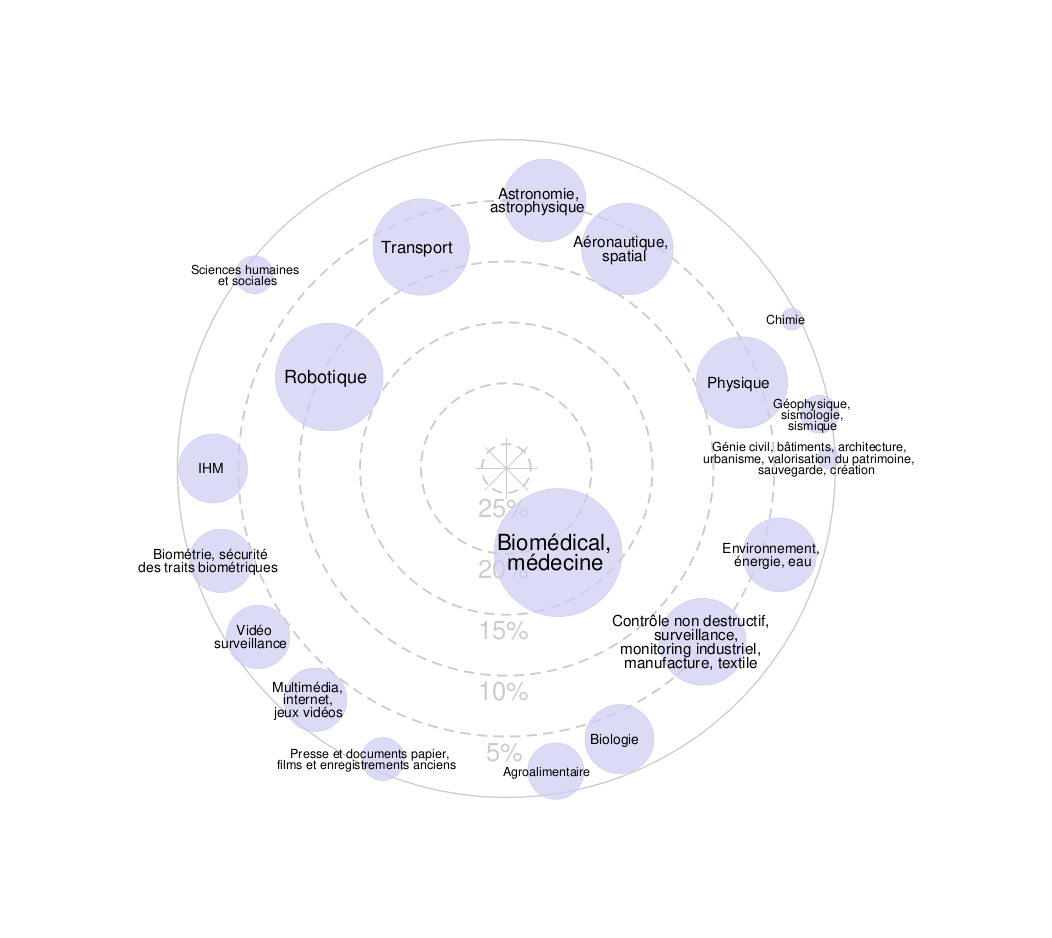Research Unit : SIGNAL teams IETR UMR CNRS 6164
Type of contract and duration: CDD – 36 months
Workplace: CentraleSupélec, Campus de Rennes
Thesis topic description:
Modern communication systems face increasing challenges in signal detection within complex
and dynamic environments. DSSS and FTN technologies offer significant advantages, particularly
in terms of security, spectral efficiency, and robustness to interference [1,2,3]. However, their
detection remains a major challenge for electronic surveillance systems due to the intrinsic
complexity of their characteristics.
DSSS-FTN signals exhibit distinctive periodic structures from repeating spreading sequences or
specific FTN modulation properties [4,5,6]. Unlike strictly stationary signals, these signals possess
statistical correlations that vary over time, revealing structural patterns that can be leveraged for
detection. Exploiting these unique characteristics makes discreetly and efficiently identifying
DSSS-FTN signals possible. Once detected, key parameters such as the pseudo-random sequence
or FTN factor can be extracted using correlation techniques and temporal analysis. These insights
facilitate synchronization with the target signal and enable further processing without requiring
cooperation from the transmitter.
This thesis aims to design innovative methods for DSSS-FTN signal detection, focusing on
identifying periodic patterns and exploiting spectral features to address the needs of
communication security and surveillance applications.
This research will adopt a multidisciplinary approach combining theoretical analysis, simulation,
and experimentation at the intersection of signal processing, digital communications, and
artificial intelligence. The methodology will integrate advanced signal processing tools, simulation
environments such as MATLAB, and hardware platforms like Software-Defined Radio (SDR)
systems for real-world validation. Particular attention will be given to optimizing algorithms to
ensure high performance while minimizing computational complexity.
[1] D. Roque and C. Poulliat, « SNR-Optimal Spreading Sequences for Chip-Wise Faster-
Than-Nyquist Signaling, » in IEEE Communications Letters, vol. 27, no. 6, pp. 1594-1598,
June 2023.
[2] J. -B. Fraisse, P. Chevalier, R. Gautier, F. Delaveau and S. Traverso, « Power and second
order cyclic covertness of chip-wise Direct Sequence Spread Spectrum Faster-Than-
Nyquist signaling, » IEEE Military Communications Conference (MILCOM), Boston, MA,
USA, pp. 522-527, 2023.
[3] J. -B. Fraisse, P. Chevalier, R. Gautier and F. Delaveau, « New Insights into the PAPR
Computation and Analysis of Chip-Wise DSSS-FTN Signaling,” International Symposium
on Wireless Communication Systems (ISWCS), Rio de Janeiro, Brazil, pp. 1-6, 2024.
[4] Shakeel, I.; Hilliard, J.; Zhang, W.; Rice, M. Gaussian-Distributed Spread-Spectrum for
Covert Communications. Sensors, 23, 4081, 2023.
[5] Napolitano, A. Cyclostationarity: New trends and applications. Signal processing, 120,
385-408, 2016.
[6] A. Nafkha, B. Aziz, M. Naoues and A. Kliks, « Cyclostationarity-based versus
eigenvalues-based algorithms for spectrum sensing in cognitive radio systems:
Experimental evaluation using GNU radio and USRP, » IEEE 11th International Conference
on Wireless and Mobile Computing, Networking and Communications (WiMob), Abu Dhabi,
United Arab Emirates, 2015.
Required profile: Interested candidates should meet the following criteria
- M.Sc. degree (or equivalent) in Communication Engineering or related discipline,
- Strong background in signal processing and communication theory,
- Intermediate to advanced skills in Artificial Intelligence and Machine Learning,
- Good programming skills (Matlab, Python),
- Good written and communication skills in English.
- Ability to organize and manage priorities to meet deadlines
Conditions: The job is to be filled in September or October 2025 for a period of 36 months (temporary
contract)
Application method:
To apply, please submit your application—including a detailed CV, a list of publications
(if applicable), and the contact information of two academic references—to:





